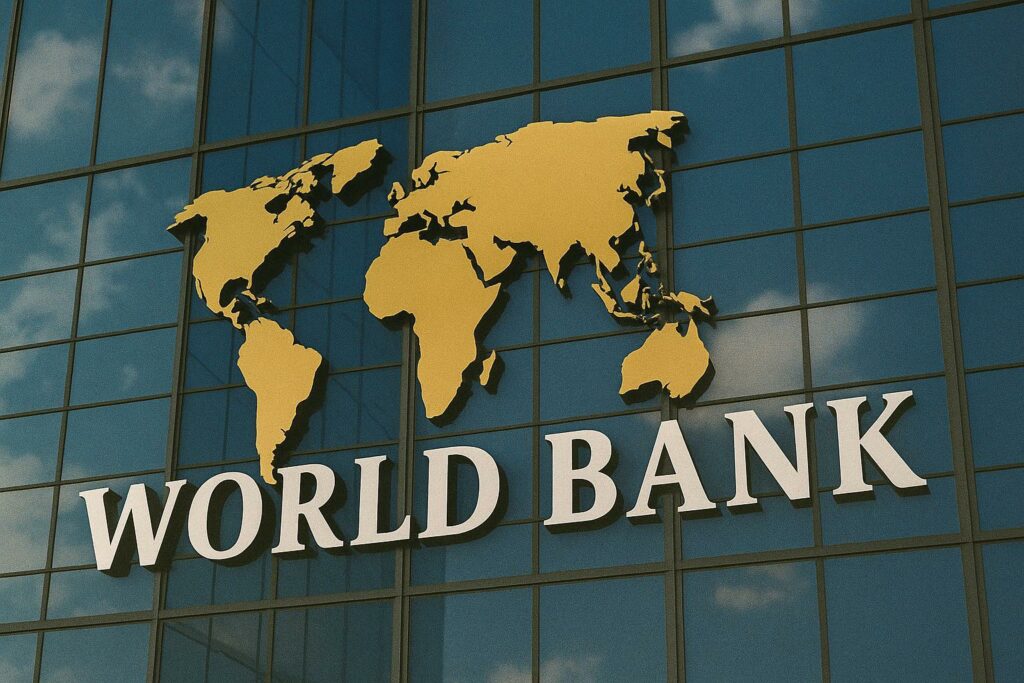A Financial Lifeline for a Stalled Economy
Amidst an economic downturn compounded by aging infrastructure, South Africa has secured a $1.5 billion loan from the World Bank. Signed on June 23, 2025, this financial infusion aims to jolt an economy stifled by persistent power outages and a crumbling transport system. Over the past decade, South Africa—Africa’s most developed economy—has struggled to grow, with regular electricity interruptions throttling productivity. Additionally, deteriorating rail networks and perpetually congested ports have hindered major industries, such as mining and automotive.
Economic Gloom: Unemployment and Stalled Growth
With an unemployment rate exceeding 31% and an average GDP growth of less than 1% in the past decade, South Africa’s economic engine is faltering. Analysts have pointed out that in 2023, power cuts alone shaved 2% off the GDP and slashed 500,000 jobs. Meanwhile, transportation woes have been estimated to reduce exports by approximately 20%. The decay of Eskom, the state-owned electricity supplier, and Transnet, which manages ports and rail systems, has created an unprecedented economic bottleneck, threatening a slide towards recession.
Strategic Reforms for a Sustainable Future
The $1.5 billion World Bank loan is geared towards critical structural reforms within the country’s infrastructure sectors, particularly in energy and freight transport. The loan encompasses three principal pillars. First, to enhance energy security, the strategy involves reconfiguring Eskom into distinct entities for generation, transmission, and distribution. Reform efforts target adding 3,500 MW of renewable capacity by March 2027, representing an 8% increase over the current level.
Revamping Freight Transport: Opening to Competition
The second pillar focuses on freight transport modernization. Restructuring Transnet and establishing an economic regulator are intended to open the market to competition. Plans envisage increasing rail network capacity from 25% in 2023 to 65% by 2027 and allowing at least four private operators to enter the market. This framework is expected to elevate operational efficiencies and stimulate broader economic activities.
Fostering a Low-Carbon Economy
Not to be understated is the third pillar: expediting South Africa’s transition to a low-carbon economy while safeguarding communities impacted by this shift. Such a transition is crucial in aligning with global environmental standards and ensuring long-term economic stability.
Envisioning a Prosperous Economic Outlook
The World Bank’s projections are optimistic, suggesting these reforms could boost GDP growth by 2% to 3% in the medium term, with potential job creation of up to 250,000 by 2027 and 500,000 by the early 2030s. By squarely tackling the infrastructure bottlenecks that have hampered its economy for years, South Africa aspires to revive its growth trajectory and offer new prospects to its populace.

